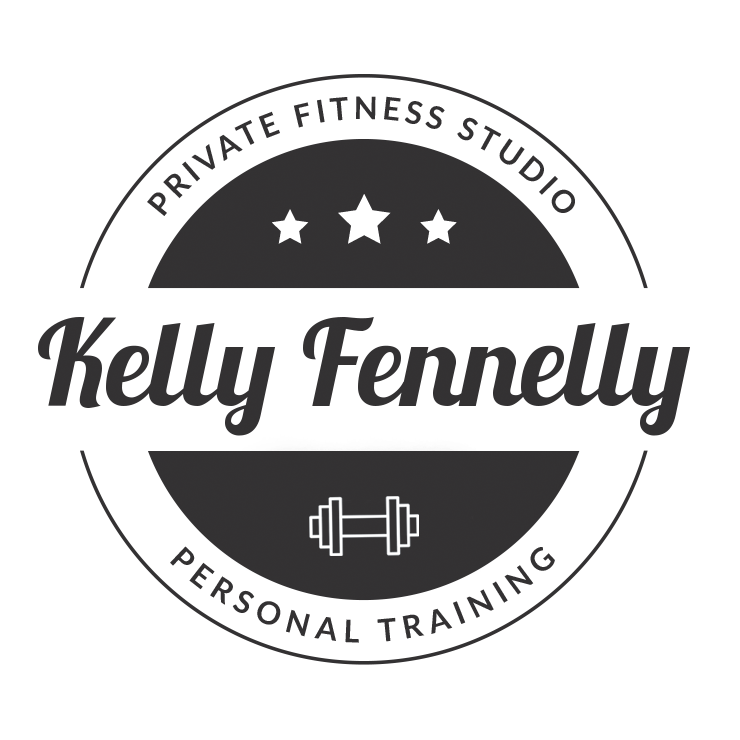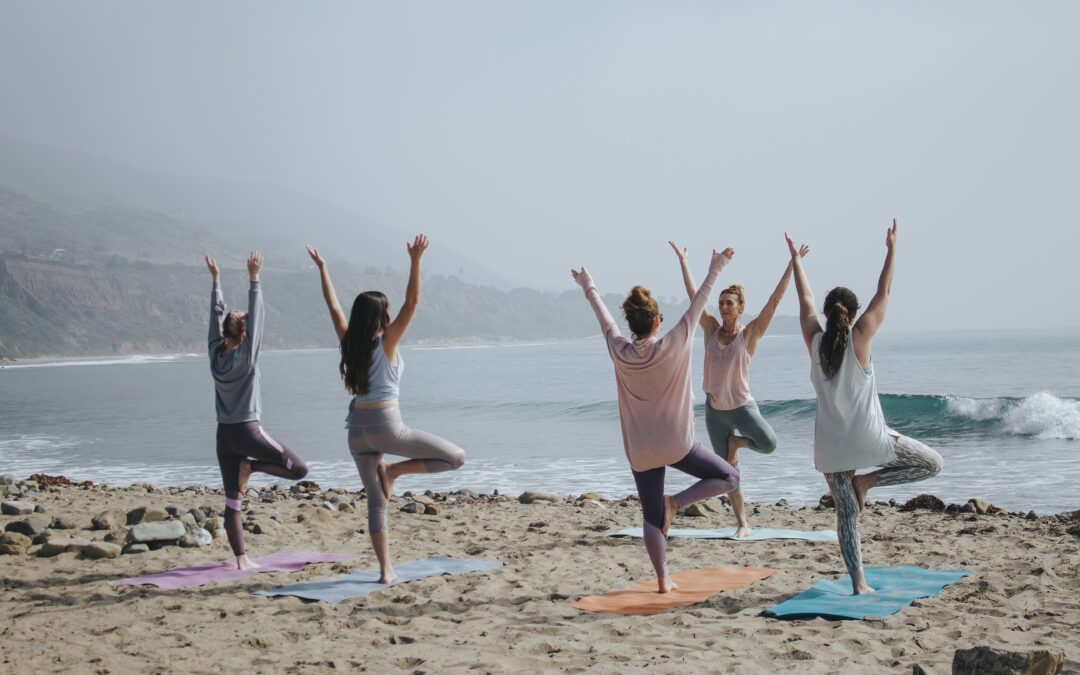7 Yoga Poses For Heart Health!
Did you know that yoga is a healthy heart form of exercise? Most of us associate heart health with cardiovascular activities such as running or cycling. However, there are several ways to exercise your heart. Yoga is one of them (so is walking, but we’re focused on yoga today).
Yoga can help reduce stress, lower cholesterol and triglycerides, lower blood pressure, and calm the nervous system. All of those benefits lead to a healthier cardiovascular system.
Here are six yoga poses to help get you started:
(Hold each pose gently while taking five to 10 breaths.)
Downward Facing Dog: This is one of the most common and basic yoga positions. It stretches and strengthens the hands, wrists, low back, calves, hamstrings, and Achilles tendon.
- Get on your hands and knees on the floor. (There are several ways to get into this position. We’re using the most basic.)
- Push with your hands to straighten your legs until you are in the shape of an inverted ‘V.’ Your legs and arms are straight, while your heels are down on or close to the mat.
- Let your head hang freely and stretch your waist. Heels come off the floor but are actively trying to reach the floor.
Standing Forward Fold: This is good for relieving tension in the lower back and shoulders. (In intermediate to advanced yoga, you use this position to get into Downward Facing Dog.)
- Stand straight, head aligned with your spine.
- Fold forward while keeping a straight back.
- Tuck your chin into your chest, while relaxing your shoulders.
- Extend the crown of your head toward the floor to create a long spine (it feels like you’re stretching your spine).
- Straighten your legs as much as possible.
- Place your hands on the floor. If you can’t reach the floor, grasp opposite elbows – almost like you’re embracing – but it’s more of a rag doll position
Seated Twist: This is a great torso, including stomach, stretch, where we tend to hold a lot of tension.
- Sit tall with a straight spine.
- Cross your ankles while you inhale and straighten your spine further.
- Exhale as you take your left hand to your outer right knee and twist slightly in that direction (right).
- Place your right hand on the floor behind you for support.
- Inhale and lengthen again, increase the degree of twist.
- Exhale and twist deeper.
- Switch sides and repeat the sequence.
- Do not force the twist!
Cat Pose: This is another good pose for stretching out your back and shoulders to release stress.
- Get onto your hands and knees in a tabletop position. Align your knees underneath your hips. Your wrists, elbows, and shoulders should be perpendicular to the floor.
- Your head is a neutral position, looking at the floor. Do not extend your head to look in front of you.
- On an exhale, round your spine toward the ceiling, like a hissing cat.
- As you inhale, go back to neutral tabletop position.
- Repeat several times. Be sure to focus on your breathing.
Cow Pose: This pose is often done along with Cat Pose and it’s known as Cat-Cow. You can also do it on its own.
- From tabletop position (make sure you’re aligned), inhale and sink your belly toward the floor and lift your sit bones toward the ceiling.
- Lift your head to look forward. Your torso will look like a “U”.
- Repeat several times, being sure to maintain alignment.
- To do it as Cat-Cow Pose, add in the other pose and flow from it to the other pose smoothly as one sequence. Repeat
Legs Up the Wall: This pose allows blood to flow back to the heart rather than pool in your extremities.
- Sit as close as possible to a wall, facing it.
- Lie back, so your back is on the floor.
- Move your bottom so that it’s touching the wall.
- Move your legs straight up along the wall so that they are lying parallel against the wall.
- Place your arms by your sides.
- Remain in this pose no more than 5 minutes.
Yoga can be a good entry-point into an exercise routine, especially if you are just starting. It’s a good idea to check with your physician first and to initially work with an instructor to ensure proper mechanics and posture.

